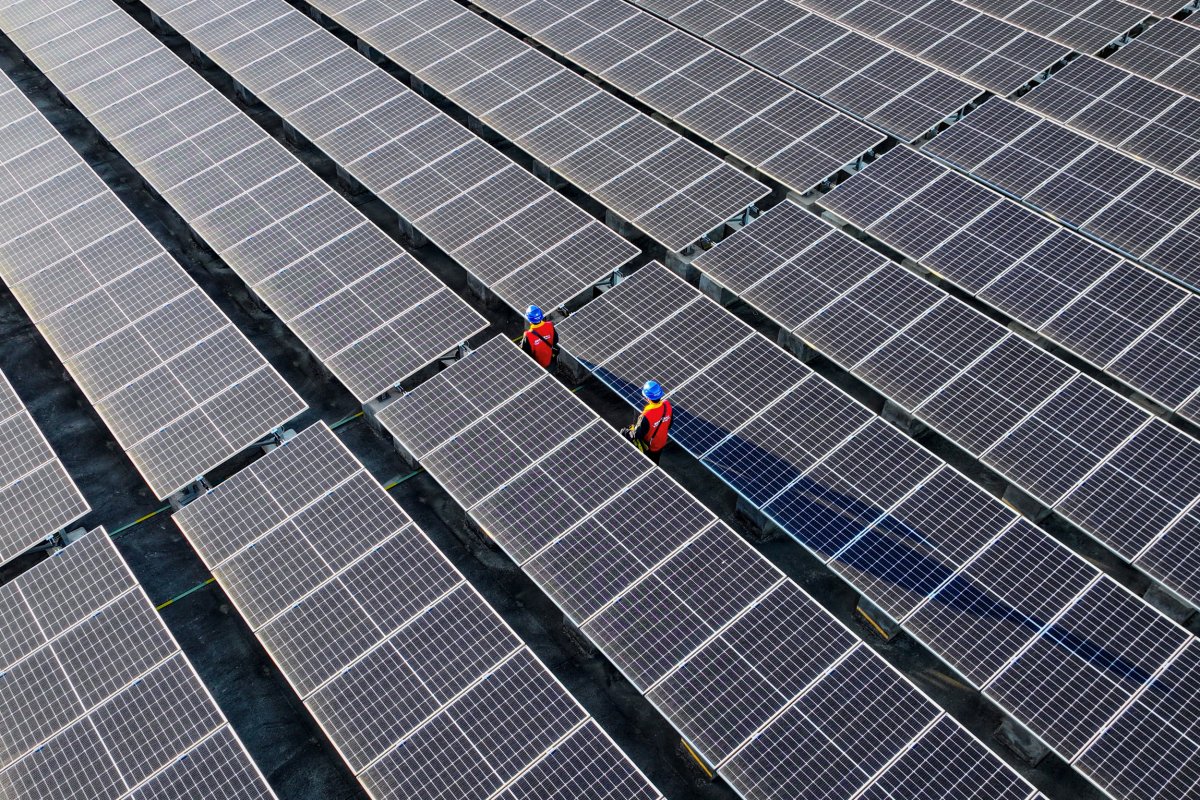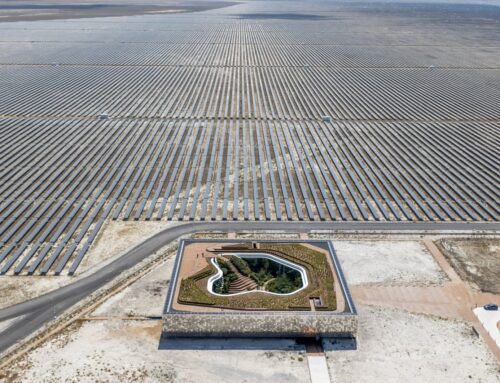International Energy Agency projects a massive boom in wind and solar power
October 9, 2024
New reports from two influential energy analyst groups say the world is about to see an unprecedented surge in renewable energy, but government leaders must still do more to bring down greenhouse gas emissions if we are to avoid the worst effects of climate change.
The International Energy Agency’s latest report on renewable energy, released early Wednesday, forecasts that the world is set to add nearly three times the renewable energy developed in the previous five years, meeting half the global electricity demand with just wind and solar power by 2030.
By the end of the decade, the IEA projects, solar and wind power will grow so much that it will roughly equal the total combined power capacity of the world’s major economies today.
“This report shows that the growth of renewables, especially solar, will transform electricity systems across the globe this decade,” IEA Executive Director Fatih Birol said in a statement accompanying the report. “Renewables today offer the cheapest option to add new power plants in almost all countries around the world.”

Workers inspecting solar panels on the rooftop of a power plant in Fuzhou, in southern China’s Fujian province. China will account for the bulk of the coming surge in renewable energy development, according to an IEA forecast.
AFP via Getty Images
Solar will see the most growth, the IEA found, with large-scale solar facilities and distributed rooftop solar installations making up about 80 percent of the projected growth in renewable energy through 2039. However, the forecast also calls for growth in the wind sector, with the rate of expansion doubling in the coming five years.
China will see most of the renewable energy boom, the IEA said, accounting for nearly 60 percent of renewable installations, making the country home to almost half of the world’s total renewable power by 2030.
“While China is adding the biggest volumes of renewables, India is growing at the fastest rate among major economies,” the report found. The U.S. is also projected to triple its domestic production of solar.
The IEA forecast puts the world close to meeting the ambitious goal set at last year’s COP28 United Nations climate talks in Dubai to triple the growth of renewable energy.
Dave Jones, director of global insights at the independent energy think tank Ember, said the IEA report shows that market growth of renewables is outperforming most official government expectations.
“Policymakers are embracing solar and wind like never before, but they are still two steps behind the reality on the ground,” Jones said in a statement to Newsweek.
Jones said governments need to prioritize energy storage to accompany intermittent renewable energy and improvements to transmission lines and grids. “The next half decade is going to be one heck of a ride,” he said.
Even with the coming clean-energy boom, however, the world is still not on track to meet international targets to limit the most dangerous warming, according to a report from the research company Rhodium Group.
Each year, Rhodium updates its outlook for global greenhouse gas emissions and temperature rise through the end of the century. In the 2015 Paris Agreement, nations committed to actions that would limit global warming this century to 2 degrees Celsius—or 3.6 degrees Fahrenheit—above pre-industrial levels.
Rhodium projects that, with current policies now in place, we are on track to exceed that limit, with warming likely nearing 3 degrees Celsius, or 5.4 degrees Fahrenheit, by 2100.
Rhodium partner and report lead author Kate Larsen said that emissions from the power sector are falling due to the tremendous growth in clean energy the IEA has identified. Now, she said, the bigger challenge is in heavy industry such as steel, cement, chemicals and refining.
“By 2050, industry will consume more fossil fuel than power generation, and will emit more greenhouse gases than power, transport, and buildings combined unless we accelerate policy and innovation today,” Larsen told Newsweek via email.
Next month, international climate negotiators will meet for the annual round of U.N. talks at COP29, hosted in Baku, Azerbaijan. In the months that follow, countries will submit their plans under the Paris Agreement for reducing emissions through the year 2035, called Nationally Determined Contributions, or NDCs.
Larsen said those national goals need to accelerate climate action.
“Setting ambitious 2035 NDCs that go above and beyond what countries are on track for today,” she said, “will be critical to ensure that we avoid locking in business-as-usual emissions pathways for the next decade.”
Search
RECENT PRESS RELEASES
Related Post



